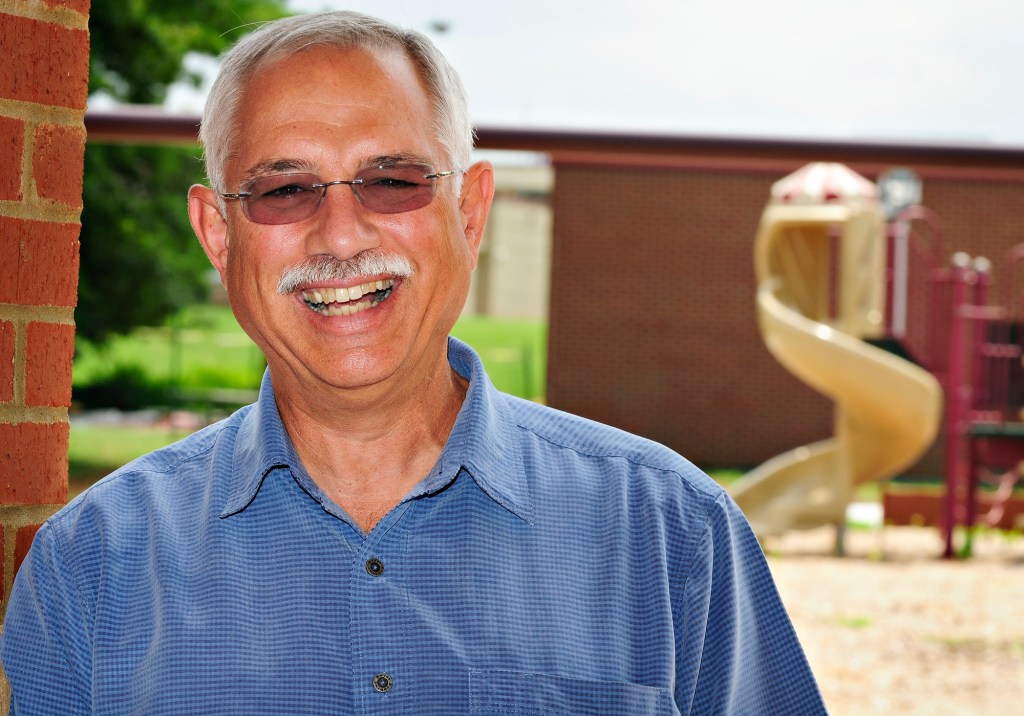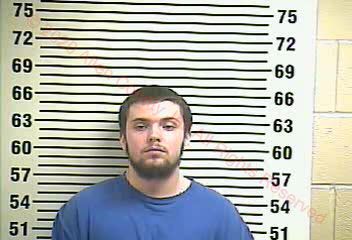Parks and recreation director eyes retirement
Published 11:32 am Monday, July 23, 2012

- Ernie Gouvas, the director of Bowling Green Parks and Recreation on Friday, will retire this after this summer. (Photo by Miranda Pederson/Daily News)
Ernie Gouvas started work at the Bowling Green Parks and Recreation Department as a high school student in 1970.
In 2000, he became the city’s third parks and recreation director.
Trending
Gouvas will retire at the end of August.
Gouvas, 59, has been a full-time employee of the city since 1979 after coming on as a seasonal employee in 1976.
Gouvas will miss the opportunity his work with parks and recreation provided him to interact with people.
It’s important that the new director knows that Bowling Green isn’t like any other city, and neither are its parks and recreation needs, he said.
“Just realize Bowling Green is unique,” Gouvas said of his advice to the next director.
“We’re not Louisville. We’re not Nashville. Bowling Green is Bowling Green.”
Trending
Gouvas has been in charge of the parks and recreation department during a period of growth, City Manager Kevin DeFebbo said.
“I think it’s been a very fruitful time for the department,” he said.
Projects such as the Kummer/Little Recreation Center and the Bowling Green Skate Park have been completed during Gouvas’ tenure, as well as expansions of Bowling Green’s sports fields, DeFebbo said.
“I think he’s contributed a lot,” he said.
The search has begun for his replacement.
Applications for the position are due Aug. 17, and DeFebbo hopes to have a new director in place by November, he said.
Both internal and external candidates will be considered for the position, he said.
An interim director will likely be appointed to helm the department while a new director is selected, he said.
Important characteristics for a new director include good leadership skills and experience in both recreational programming and golf, DeFebbo said.
As a teen, Gouvas preferred the freedom of his work in the city’s parks to one in fast food, even though his family had long been in the food service industry.
His family owned The Dixie Cafe on Fountain Square for about 70 years before his father’s death in 1969.
“I started with the parks and it seemed like a fun thing,” Gouvas said. “It was really people-oriented.”
He was hired by the city’s first parks and recreation director, Paul Walker.
Walker, Gouvas said, “Just made you feel like you were part of the family.”
Gouvas’ tenure as parks and recreation director has come with both victories and challenges.
“There’s some light spots and dark spots,” he said. “The hardest decision was, we closed T.C. Cherry Pool.”
The decision for the city to close the pool, which was taken over by the county in 2002, came early in Gouvas’ career.
At the time the city closed the facility, it was serving about 20 people during an eight-hour day, he said.
The pool was losing money and the city didn’t have the funds to subsidize it, Gouvas said.
The economic downturn in 2008 also created a challenge for the department, he said.
“That was really a double-edged sword, on that,” Gouvas said. “The economy tanks and it actually drove people to stay closer to home, so our participation in our programs increased.”
Between 2007 and 2009, about 30 percent of the department’s budget was cut, he said
“It just took everybody chipping in to keep things going,” Gouvas said.
There are also a number of projects that Gouvas is proud of being involved with, he said.
One of those is Crossings Park near Cave Mill Road which was built mainly with grant money on land donated to the city, Gouvas said.
Another project of which he’s proud is the skate park, which opened in 2007. He still keeps in touch with some of the local skaters who were involved in the process of developing the skate park from idea to reality, Gouvas said.
“That’s probably one of the most involved and one of the most eye-opening projects that I ever did,” he said.
He’s also proud that the city’s annual Puppy Paddle event started while he was director, Gouvas said. The event was established in 2003.
“It was like having 200 3-year-olds in there, but they could all swim,” he said.
The event served as a fundraiser for the Humane Society and also helped to lead to the development of the city’s dog park, he said.
For the next parks and recreation director, it will be important to stay humble and pay attention to local and not just national trends, Gouvas said.
He looks at national data on participation in recreation activities and events as well as information on which items are selling well at sporting goods stores to help determine what kind of services the department should consider in the future, but that data doesn’t always work for Bowling Green, Gouvas said.
For example, the city has many more soccer fields than the information from other cities would indicate are needed, and it’s hard to imagine operating with fewer, he said.
“It’s kind of like seeing into the future, which is hard to do,” Gouvas said.






